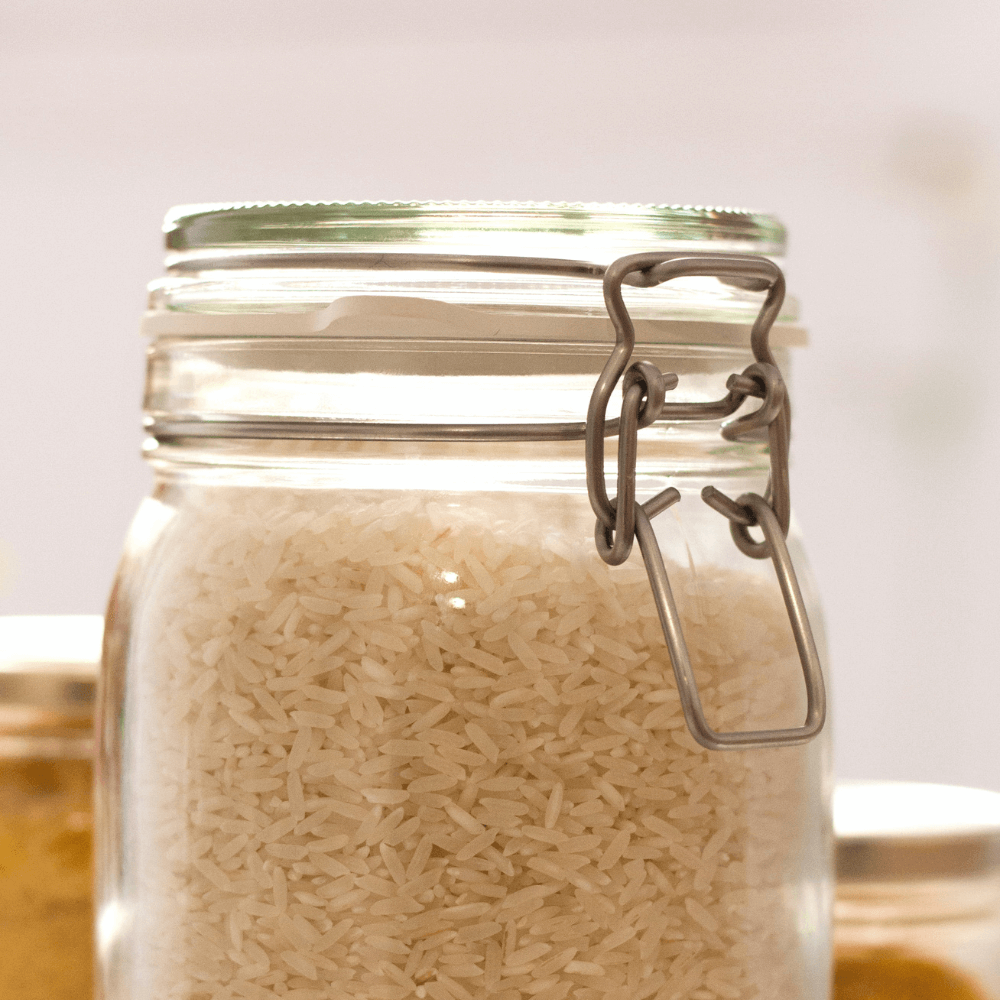Rice, a staple in many households worldwide, requires proper storage to maintain its quality and freshness. With the right storage techniques, you can prevent contamination and ensure that your rice remains delicious and safe to eat.
In This Article
- The Risks of Improper Storage
- Choosing the Right Container
- Pest Control Tips
- Best Practices for Long-Term Storage
- Frequently Asked Questions
- Conclusion
- Further Reading
The Risks of Improper Storage
Rice, a staple in many households, can quickly become compromised if not stored correctly. The repercussions of improper storage can range from financial losses to health risks. Here are some of the most common contaminants you might encounter:
- Rice Weevils: These tiny brown insects are a common menace in rice storage. Not only do they feed on the grains, but they also lay eggs inside them. Over time, an infestation can lead to a significant portion of the rice becoming inedible.
- Mold: Rice, when exposed to high moisture levels, can develop mold. This fungal growth not only alters the taste and texture of the rice but can also produce toxins that are harmful when ingested.
- Other Pests: Besides weevils, rice can attract pests like grain beetles or moths. These pests can introduce additional contaminants and diseases.
Choosing the Right Container
The foundation of proper rice storage lies in the container you choose. It's not just about keeping the rice contained but also about preserving its quality. Here's what to consider:
- Airtight Containers: These are essential for rice storage. An airtight seal ensures that external factors like moisture, pests, or contaminants stay out, preserving the rice's freshness.
- Clear Containers: Opting for transparent plastic or glass containers allows you to monitor the rice's condition without opening the container. This way, any signs of contamination or infestation can be detected early.
- Eco-friendly Options: Consider containers made from sustainable materials in today's environmentally-conscious world. Bamboo containers, for instance, are eco-friendly and naturally repel pests. Glass containers, on the other hand, are recyclable and can last for years if handled with care.
Pest Control Tips
Ensuring your rice remains free from pests is paramount for its quality and health. Here's how you can keep those pesky intruders at bay:
- Regularly Inspect: At least once a month, take a moment to inspect your rice storage. Look out for signs of weevils, tiny holes in the grains, or any other unusual changes. Early detection can prevent a full-blown infestation.
- Keep Dry: Pests, especially weevils, are attracted to moisture. It's essential to ensure that your storage area remains dry. Using desiccants or moisture absorbers can help in humid climates.
- Natural Repellents: Instead of resorting to chemicals, consider natural repellents. Bay leaves, or cloves can be placed in the rice container. Their strong scent deters pests without affecting the rice's flavor.
Best Practices for Long-Term Storage
Buy rice in bulk or simply want to store it for an extended period. These practices will ensure its longevity and freshness:
- Store in a Cool, Dry Place: Rice's enemies are heat and moisture. Storing it in a cool, dry place ensures it remains mold-free and maintains its texture and flavor.
- Rotate Stock: Just like in supermarkets, use the FIFO (First In, First Out) method. When adding new rice to your storage, push the older rice to the front, ensuring it gets used first. This rotation ensures that rice doesn't sit for too long.
- Check for Contaminants: Before cooking, always inspect your rice. Spread it on a flat surface and look for any signs of contamination, pests, or mold. This simple practice can prevent potential health issues.
Frequently Asked Questions
How long can I store rice?
White rice can last up to 5 years if stored properly, while brown rice has a shorter shelf life of around six months due to its higher oil content.
What are the signs of contaminated rice?
Look for mold, off-odors, or the presence of pests.
How do I get rid of rice weevils?
Freezing the rice for a week or heating it in the oven can kill weevils. Ensure to sift the rice before use.
Can I store rice in its original packaging?
While possible, transferring rice to an airtight container is recommended for long-term storage.
Conclusion
Storing rice properly is essential for maintaining its quality and ensuring safe consumption. By following the tips outlined in this article, you can enjoy fresh, delicious rice every time.
Further Reading
- Eco-Friendly Containers: Green Solutions for Storing Rice: Dive into sustainable practices for rice storage. Discover environmentally-friendly container options that are both practical and kind to our planet.
- Ensure a clean and bug-free cooking space with insights from the article ‘Keep Your Kitchen Safe From Pests’ advice from Orkin Canada.
- If you're interested in the best rice storage containers, don't miss our comprehensive article on the top rice storage containers available in the market.



